Chestnut heath (Coenonympha glycerion)
Chestnut Heath (Coenonympha glycerion)
The Chestnut Heath is a small, subtly beautiful butterfly in the Nymphalidae family (subfamily Satyrinae — the browns and heaths). It is closely related to other Coenonympha species but is distinguished by its darker, rich chestnut hues and delicate eyespots. The species thrives in warm, flower-rich grasslands, forest clearings, and hilly meadows.
🦋 Identification
- Wingspan: 30–36 mm
- Upperside:
- Generally brown to dark chestnut, sometimes with an orange tinge
- Often lacks prominent markings on the upper wings
- Underside (hindwings):
- Greyish to brownish background
- A delicate row of small white-ringed eyespots along the edge (submarginal ocelli), sometimes nearly absent or reduced in some individuals
- The hindwing underside often has a silvery or dusted appearance
- The overall coloring gives it a soft, muted look compared to more brightly marked heaths.
🌿 Habitat
- Prefers warm, dry to moderately moist grasslands, including:
- Open meadows
- Forest edges and clearings
- Hilly pastures and steppe grasslands
- Occasionally in sparse woodland glades
- Often found where grasses grow tall and wildflowers are abundant.
🌱 Food Plants
Larval host plants:
- Grasses, particularly:
- Sheep’s fescue (Festuca ovina)
- Tufted hair-grass (Deschampsia cespitosa)
- Other meadow grasses
Adult nectar sources:
- Feeds on a variety of flowers, including:
- Thistles
- Knapweeds
- Dandelions
- Wild marjoram
🔁 Life Cycle
- Univoltine: One generation per year
- Flight period: May to August, depending on region and altitude
- Eggs: Laid singly on grasses
- Larvae:
- Feed on grass blades
- Overwinter as partially grown caterpillars
- Pupation: Occurs low in vegetation in spring
🌍 Distribution
- Found across central and eastern Europe, extending into:
- The Balkans
- Russia
- Parts of Western Siberia
- More localized in Western Europe, generally absent from the far west and the British Isles
🛡️ Conservation Status
- IUCN Red List: Not globally threatened
- Locally vulnerable to:
- Habitat loss due to agricultural intensification
- Succession (loss of open grasslands to shrubs and forest)
- Overgrazing or complete abandonment of traditional grazing practices
- Conservation relies on maintaining semi-natural grasslands through extensive grazing or mowing.
🧬 Interesting Facts
- The degree of eyespot development varies considerably among individuals and populations.
- Often flies low over the grass, making short, weak fluttering flights.
- Its subtle beauty makes it a favorite among butterfly specialists and nature photographers who appreciate Europe’s grassland biodiversity.
The Chestnut Heath (Coenonympha glycerion) is a quiet but important part of Europe’s rich butterfly fauna. Its dependence on healthy, traditionally managed grasslands makes it a good indicator species for grassland conservation.
Visited 1 times, 1 visit(s) today
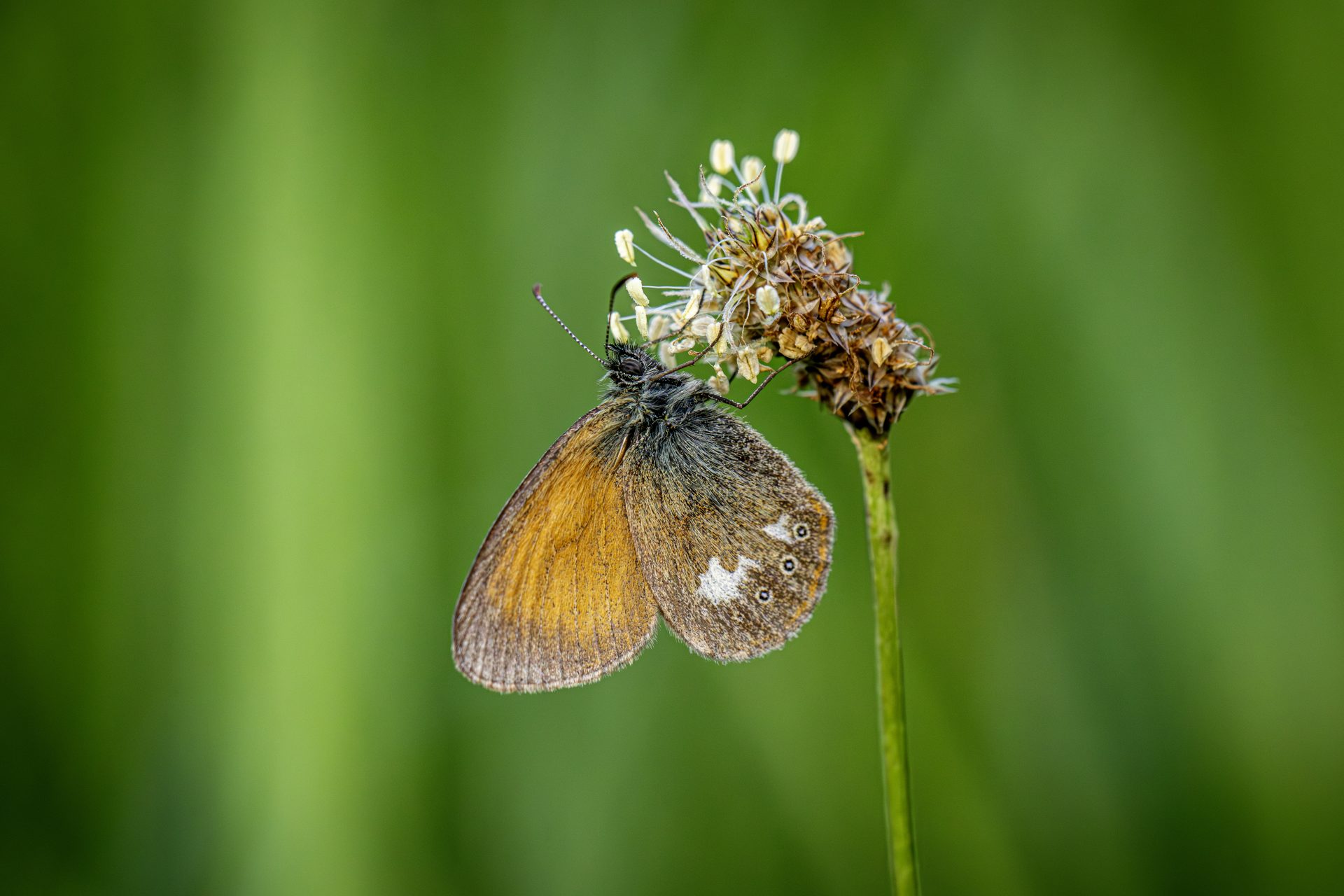
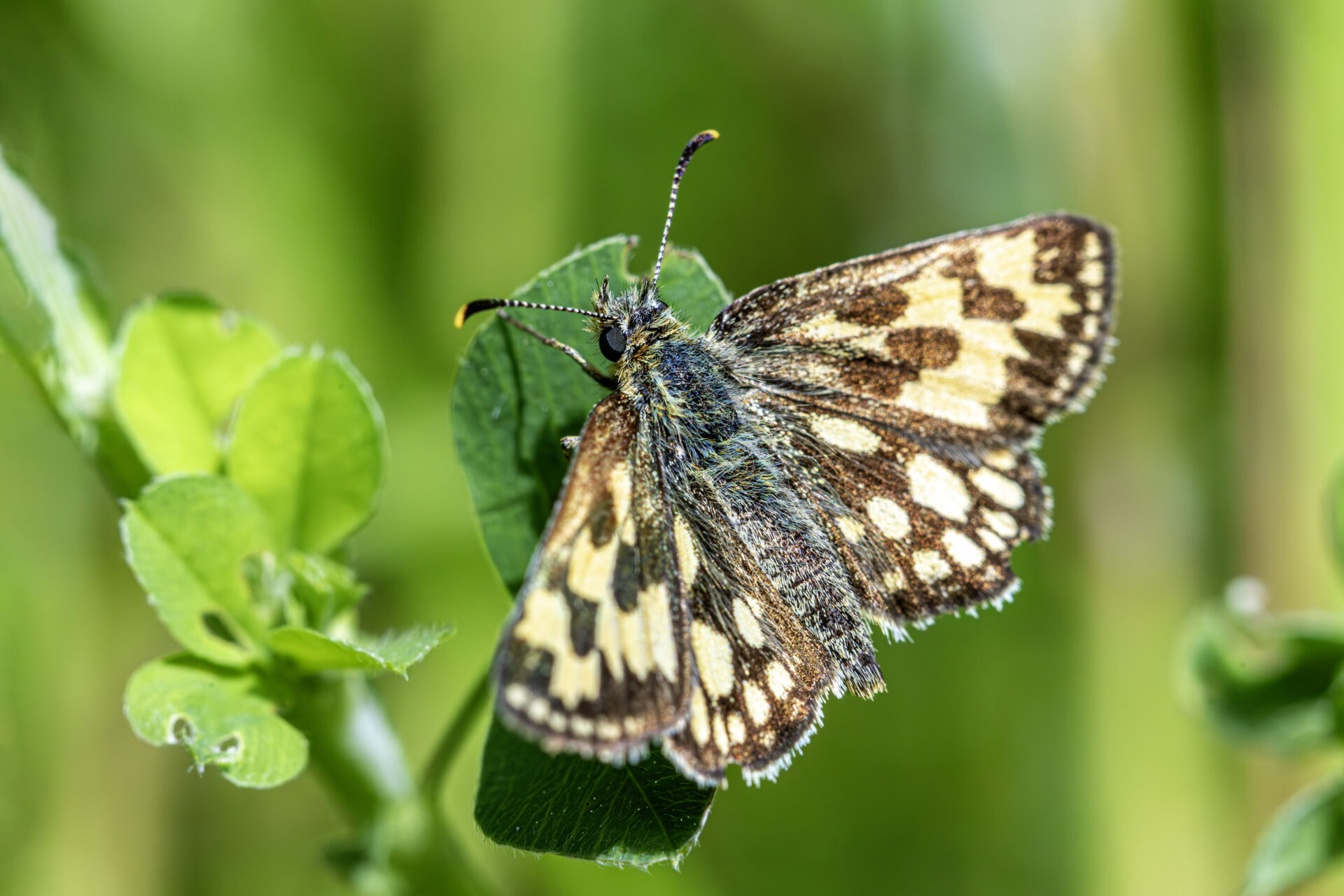
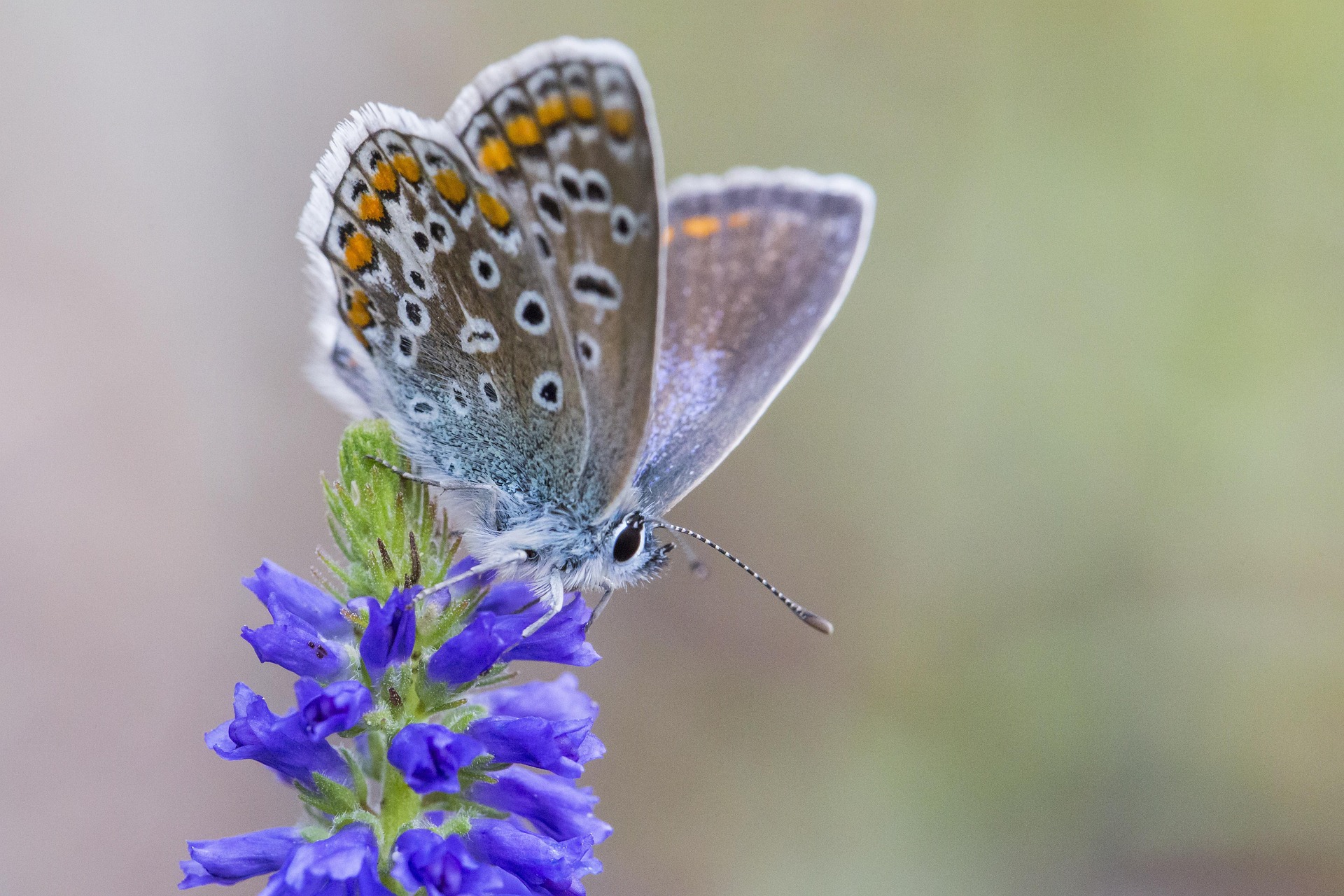
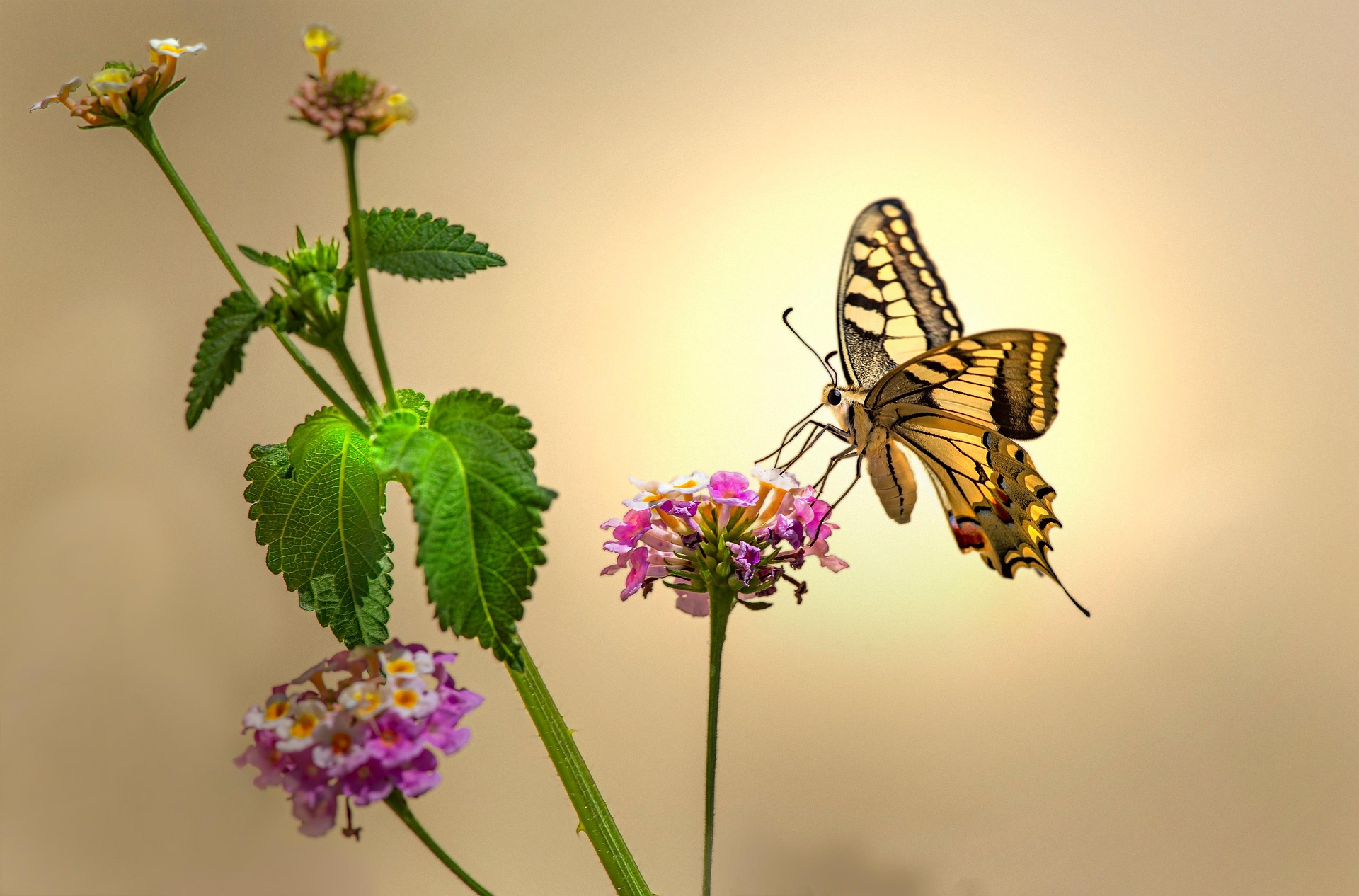
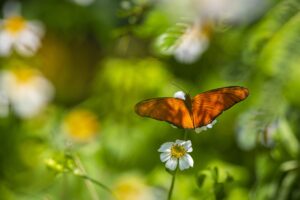
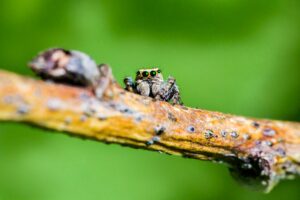
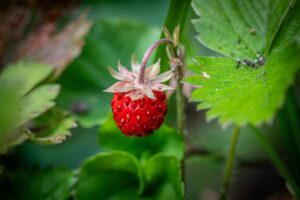
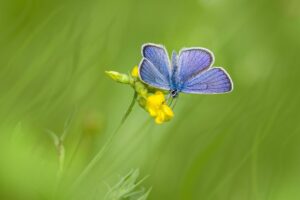
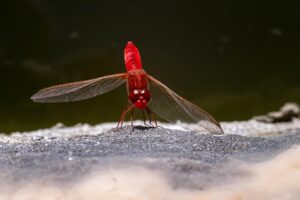
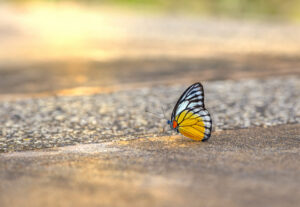
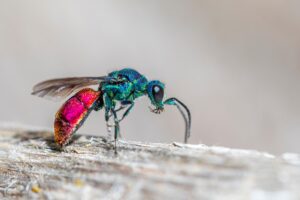
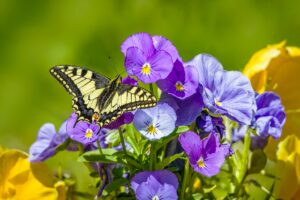
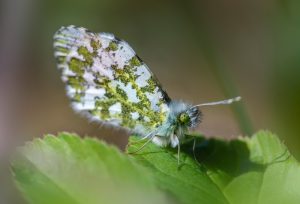
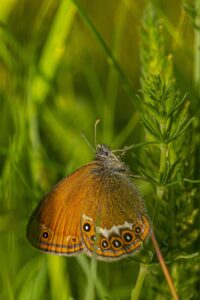
Post Comment